Nestled in the shimmering Caribbean Sea, the Cayman Islands are not just a haven for sun-seekers and beach lovers, but also a vibrant hub for a diverse array of wildlife. From the iconic marine life to unique terrestrial creatures, these islands are home to fascinating animals that add to the allure of this tropical paradise. Let’s embark on an exploratory journey to discover what animals live in the Cayman Islands, presented in an engaging, informational, and conversational tone suitable for everyone.
1. The Majestic Marine Life
The Cayman Islands are renowned for their stunning coral reefs, which provide a habitat for a multitude of marine species. Divers and snorkelers often encounter vibrant schools of fish, including parrotfish, angelfish, and snappers. The clear waters also offer sightings of stingrays, particularly at the famous Stingray City, where visitors can interact with these graceful creatures.
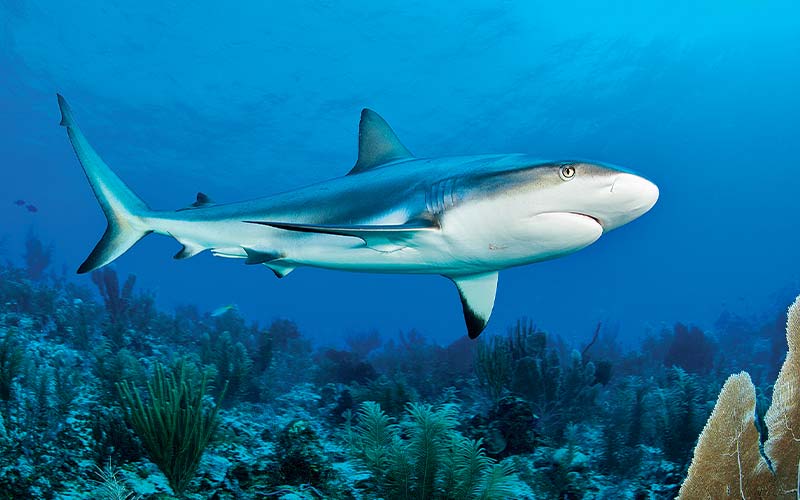
Image courtesy: https://dan.org/alert-diver/article/cayman-islands/
2. The Iconic Blue Iguana
One of the most famous residents of the Cayman Islands is the Blue Iguana, an endangered species native to Grand Cayman. Known for its striking blue color, particularly in males, the Blue Iguana is a symbol of wildlife conservation efforts in the islands.
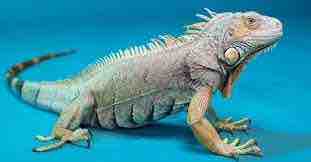
Image courtesy: https://a-z-animals.com/animals/blue-iguana/
3. Birdwatching Bliss
The Cayman Islands are a birdwatcher’s paradise, with over 200 recorded bird species. The islands are home to the Cayman Parrot, the national bird, found predominantly in the forests of Grand Cayman. Other notable species include the West Indian Whistling Duck, the Red-legged Thrush, and various migratory birds that visit the islands.
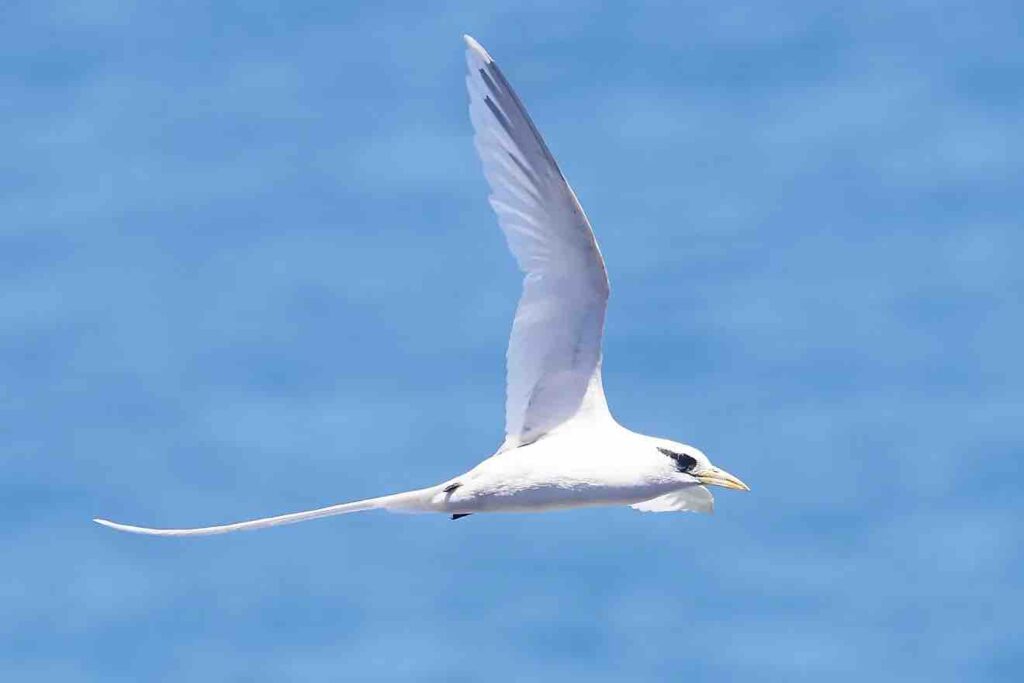
Image courtesy: www.worldatlas.com
4. The Reptilian Inhabitants
Besides the Blue Iguana, the islands host several other reptile species. These include the harmless Cayman racer snake, the Lesser Cayman Iguana, and a variety of lizards and geckos that add to the islands’ biodiversity.
5. Fascinating Underwater World
The surrounding waters of the Cayman Islands teem with fascinating creatures. Apart from the vibrant fish and stingrays, one can spot sea turtles, including the endangered Green Sea Turtle and the Hawksbill Turtle, gracefully gliding through the waters.
6. The Unique Cayman Brac Parrot
Found exclusively on Cayman Brac, one of the three islands, the Cayman Brac Parrot is a subspecies of the Cuban Parrot. This bird is known for its vivid green plumage and a distinctive white eye-ring, making it a sight to behold.
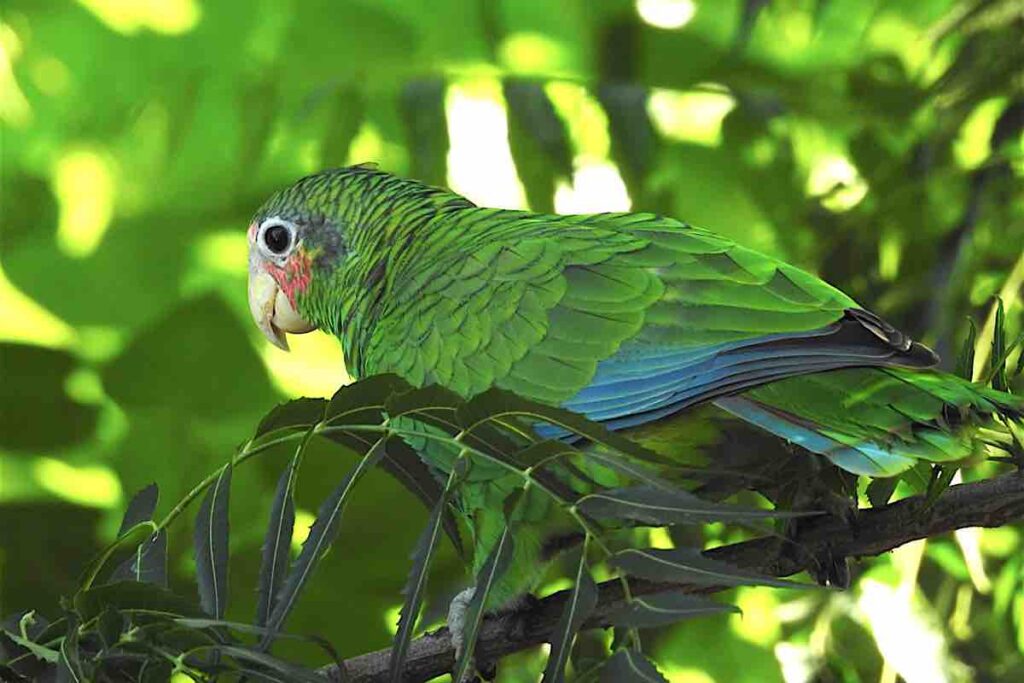
Image courtesy: https://www.birdscaribbean.org
7. Mammalian Presence
While the Cayman Islands don’t have a large variety of native land mammals, they do have bats, which are the only native terrestrial mammals. The islands host several bat species that play a crucial role in pollination and pest control.
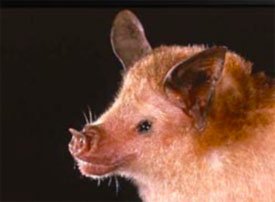
Image courtesy: https://doe.ky/terrestrial/animals/mammals/
8. The Diverse Insect Life
The insect life in the Cayman Islands is as varied as it is fascinating. From butterflies and moths to beetles and dragonflies, these tiny creatures are an integral part of the island’s ecosystem.

Image courtesy: https://www.aboutcayman.ky/five-common-pests-of-the-cayman-islands/
The Importance of Conservation
The conservation efforts in the Cayman Islands are vital to protect these unique species. Initiatives like the Blue Iguana Recovery Program and marine protected areas are crucial in preserving the islands’ natural heritage.
The Role of Eco-Tourism
Eco-tourism plays a significant role in the Cayman Islands, offering visitors a chance to experience the diverse wildlife while promoting conservation awareness and sustainable practices.
The wildlife of the Cayman Islands is as diverse as it is enchanting. From the depths of the sea to the lush forests, these islands host a variety of animals that make this destination a true natural wonderland. As we continue to explore and appreciate what animals live in the Cayman Islands, it’s crucial to support conservation efforts to preserve this irreplaceable treasure for future generations.
Where are the Cayman Islands?
Nestled in the azure waters of the Caribbean Sea, the Cayman Islands are a tropical paradise that beckon travelers with their beauty and charm. These islands, known for their breathtaking beaches, vibrant marine life, and luxurious lifestyle, have long been a coveted destination. Let us take you through the geographical location of the Cayman Islands, uncovering their allure and the secrets they hold.
The Geographic Setting of the Cayman Islands
The Cayman Islands are a British Overseas Territory located in the western Caribbean Sea. This archipelago comprises three islands: Grand Cayman, Cayman Brac, and Little Cayman. Grand Cayman, the largest and most populous of the three, serves as the economic and tourism hub of the territory.
Proximity to Major Landmasses
The Cayman Islands are situated approximately 150 miles south of Cuba and about 180 miles northwest of Jamaica. This strategic location places the Cayman Islands at the heart of the Caribbean, making them easily accessible from various parts of the Americas. Their proximity to these larger countries has significantly influenced their cultural and economic development.
The Beauty of Grand Cayman
Grand Cayman, the epicenter of activity in the Cayman Islands, is renowned for its cosmopolitan atmosphere and stunning natural attractions. The island’s famous Seven Mile Beach, with its pristine white sands and crystal-clear waters, is often ranked as one of the best beaches in the Caribbean.
The Charm of Cayman Brac and Little Cayman
Cayman Brac and Little Cayman, the smaller siblings in the Cayman Islands family, offer a more serene and unspoiled experience. Cayman Brac is known for its rugged terrain and limestone cliffs, making it a favorite among nature enthusiasts and adventure seekers. Little Cayman, the least developed of the three, is a haven for wildlife, especially bird species and marine life, offering some of the best diving spots in the world.
The Rich Biodiversity of the Cayman Islands
The waters surrounding the Cayman Islands are home to diverse and vibrant marine ecosystems. The islands’ coral reefs are teeming with colorful fish, sea turtles, and other marine species, making them a top destination for snorkeling and scuba diving enthusiasts.
The Cayman Islands, located in the heart of the Caribbean, are more than just a picturesque beach destination. They offer a unique blend of natural beauty, cultural richness, and economic prosperity.
FAQs on Satanic Leaf Tailed Gecko
- What makes the satanic leaf tailed gecko unique in the animal kingdom?
- The satanic leaf tailed gecko is unique for its exceptional ability to mimic a dead leaf, which is unparalleled in the animal kingdom. Its flattened body, leaf-like tail, and coloration allow it to blend seamlessly into the foliage, making it almost invisible to predators and prey.
- Where can one find the satanic leaf tailed gecko?
- The satanic leaf tailed gecko is endemic to Madagascar, primarily found in the island’s rainforests. These specific habitats, with their humid and warm conditions, are crucial for the survival and camouflage skills of this gecko.
- What does the satanic leaf tailed gecko typically eat?
- The diet of the satanic leaf tailed gecko mainly consists of insects and invertebrates. Being nocturnal, it hunts at night, using its stealth and camouflage to catch prey like moths and other small insects.
- How does the satanic leaf tailed gecko protect itself from predators?
- Apart from its camouflage, the satanic leaf tailed gecko uses stillness and its ability to flatten its body against surfaces to avoid detection. If threatened, it can also open its mouth wide to display a startlingly red interior as a deterrent.
- What are the conservation concerns for the satanic leaf tailed gecko?
- The main conservation concerns for the satanic leaf tailed gecko include habitat loss due to deforestation and the illegal pet trade. Protecting its natural habitat in Madagascar is crucial for the species’ survival.